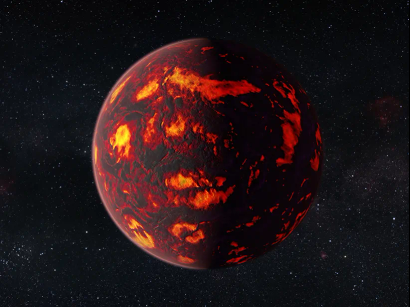Not likely because water does not remain water when the planet gets that hot
Your molten surface means you have to achieve a surface temperature in excess of 1200°C. In isolation, water doesn't break down until it reaches at least 2000°C so it seems like you should be able to achieve this goal, but unfortunately, there are a number of natural substances that make up large portions of the crust (mostly sulfates) that will catalyze the breakdown of water into separate Oxygen and Hydrogen components at temperatures of just 900°C. So your biggest obstacle is not the water being blown away by solar wind nearly so much as your water simply becoming no longer water.
When you water decomposes, the Hydrogen will quickly escape into space, and the Oxygen is not a greenhouse gas; so, the planet will quickly begin to lose greenhouse gases and cool keeping it from exceeding 900°C and melting the planet's surface.
So the ultimate problem here is that you as you pass 900°C the Greenhouse Effect will self-stabilize. If you heat the planet up slowly, then you reach equilibrium without passing it up, but if you heat the planet up quickly (like with a nearby gamma ray burst or something fun like that), then the surface water will decompose faster than the water deep in the oceans can be heated up so your water vapor will be destroyed as it is made. So, there's not really a speed or mechanism by which you can heat a planet to get your desired effect.
... unless your planet is very flat and has a high gravity
The problem with an Earth like world is that you have a lot of exposed land mass at the same time as you have deep oceans. But the catalyzing effect can only happen if there is exposed land mass. If instead of being truly Earth like world with district Oceans and Continents, if the whole planet were just a giant swath of shallow marsh lands with too much gravity to let tall land formations build up and to prevent the dense water vapor from escaping, then the whole surface of the planet would boil with very little dry land to be able to make contact with the supercritical water vapor, and this process would continue allowing the temperature of the air to rise up to a possible 2000°C before all of the water beds dry up all at once allowing the intense heat to start melting the surface.
As soon as waterbeds start to dry up exposing the supercritical water to the sulfates below, the water will start to break down very quickly; so, this condition will not last a very long time, but you should have a window of time where this happens as the planet is cooling down.


